SUMMARY
This is AI generated summarization, which may have errors. For context, always refer to the full article.
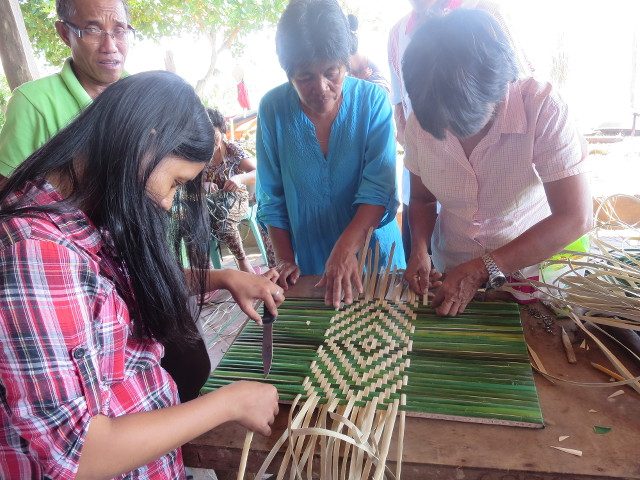
MANILA, Philippines – Who knew you could help save a threatened Philippine long-tailed macaque, a rare primate found only in the Philippines, by buying a purse?
Biodiversity-friendly businesses, like the purse-selling handicraft enterprise in Palawan, are helping in the conservation of critical habitats all over the country.
A forum held Wednesday, February 11, in Makati showcased several of these enterprises with the hope of pairing them up with investors who could help scale up their businesses.
From forest-grown Quirino coffee to bakong (endemic aquatic plant) woven products, all of the enterprises are operated by people’s organizations or indigenous peoples who live near forests.
The forum was organized by the Department of Environment and Natural Resources (DENR), the United Nations Development Program (UNDP), and the Global Environment Facility.
Fulfilling the requirements of a biodiversity-friendly business, all these enterprises use non-timber forest products – products which do not necessitate the cutting of trees.
Their business operations extract forest products in ways that do not harm the forest ecosystem and, in some cases, even strengthen the resilience of the ecosystem.
The government hopes that boosting these businesses will encourage forest communities to see economic value in protecting their forest.
If they become very lucrative, these communities may be weaned from pursuing economic activities that destroy the forests they live beside – activities like unsustainable agriculture, logging, unsustainable charcoal-making, hunting for endangered wildlife, and more.
These products are not only eco-friendly but promise to be unique products Filipinos can be proud of.
Here are some of the businesses and products featured at the forum:
1. Tiger grass woven products from Negros
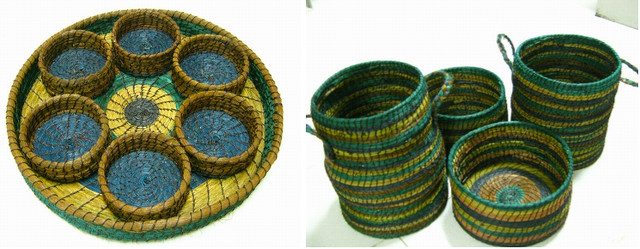
A people’s organization makes colorful woven baskets and trays from tiger grass, a perennial, clumpy grass that grows on the slopes of Patag, an ecotourism zone in Negros.
The Patag Farmers Integrated Social Forestry Association (PAFISFA), the PO behind the business, hopes to improve the packaging and labeling of their products and reach more customers. For now, they want their products sold in nearby cities like Bacolod. Eventually, they hope to export to other countries.
2. Bakong plant handicrafts from Cagayan
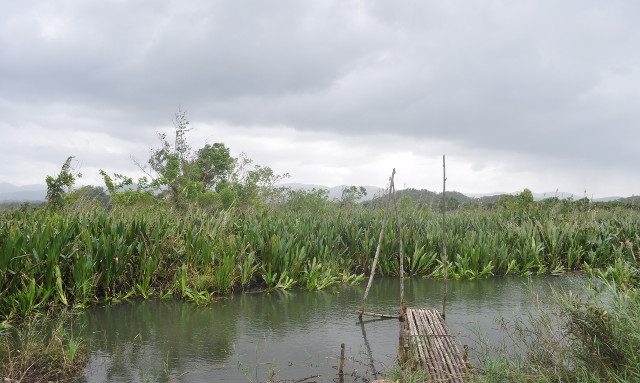
In the rivers of the Northeastern Cagayan Key Biodiversity Area grows a hardy, aquatic plant called bakong. The Laguna de Cagayan Handicraft Association, based in Sta Teresita, Cagayan, has found a way to use this plant to make unique woven fashion accessories and furniture.
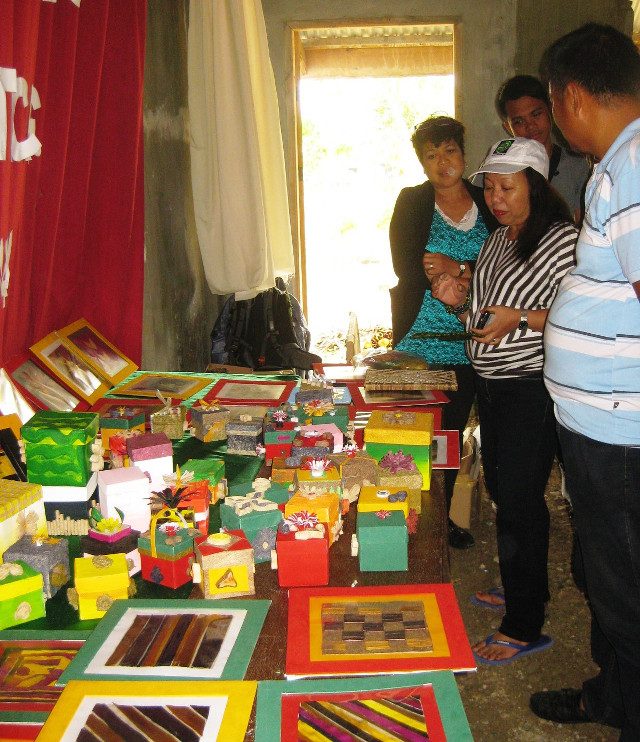
They are able to make wall decorations, gift boxes, fruit trays, door mats, baskets, paper and rope which are sold to local tourists.
The group has bigger dreams. They want to develop more products and sell to retail stores, souvenir shops, hotels and restaurants within and outside the country.
3. Lubeg wine from Cagayan forests
The Lubeg tree found in the Northeastern Cagayan Key Biodiveristy Area, bears fruits similar to the macopa which is turned into wine by the Integrated San Lorenzo Entrepreneurs.
This is healthy wine, being a source of vitamin A, vitamin C and phytochemicals that help guard against cancer, diarrhea, inflammation, indigestion, soar throat and more.
The group also uses Lubeg fruit to make vinegar, jam, jelly and candy. Their main markets now are customers who directly buy from them, souvenir shops, groceries and hotels.
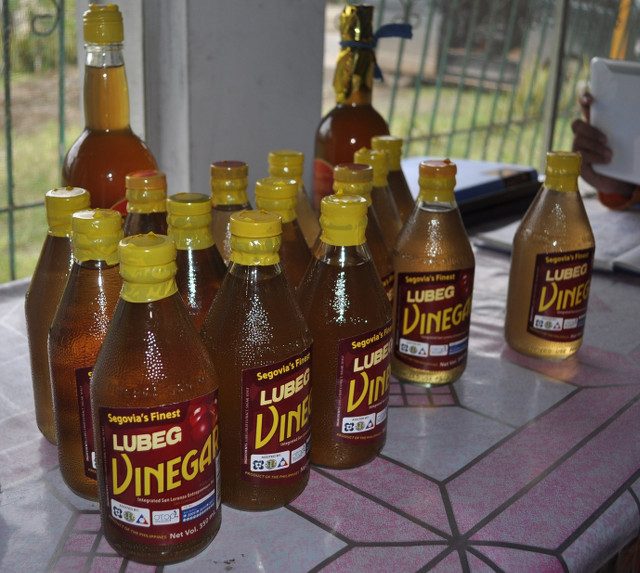
They’re looking to improve the quality of their products, expand their Lubeg tree plantation and put up a “Lubeg Museum” to boost tourism in their town.
4. Pandan products from Palawan
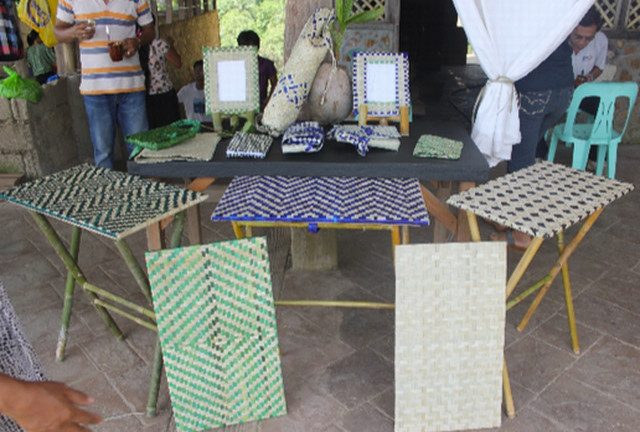
Two organizations in the Malampaya Sound Protected Landscape in Palawan make the most of the giant pandan that grows in their forest. The Samahan Inaasahang Katutubo sa Alimanguan Palawan (SIKAP) turns the leaves into dividers, TV racks an food carts.
The harmonious relationship between the communities and the Malampaya forests will help protect various animals there including the long-tailed macaque, bearded pig, Palawan stink badger and Palawan peacock. The Malampaya Pancol Multi-purpose Cooperative weaves them into sling bags, wallets, toiletry bags, notebook covers, picture frames, tables and more. They also sell bottled pure honey which they harvest from the forest.
5. Nito and bamboo crafts from Antique
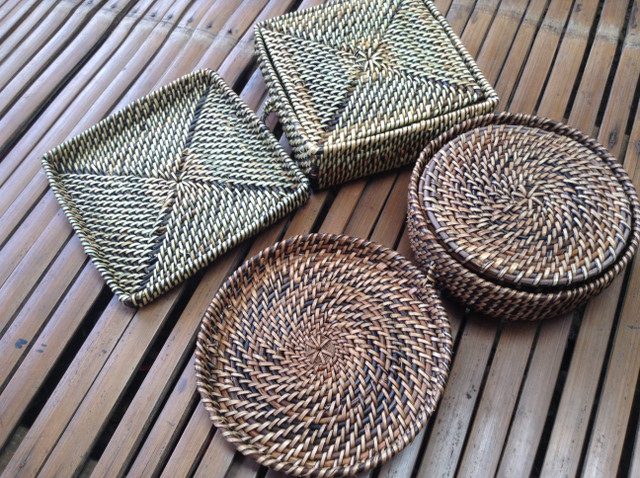
Elegantly rustic coasters, fruit trays and boxes made from the nito plant are the pride and joy of their makers, the Alegre Nito Weavers Association based in Alegre, Antique.
Geometric-design bags, fans, mats and waste backets are the fruits of labor of the Tigbobolo Bamboo Craft Association.
The two groups want to design more products and reach more customers.
6. Bayong from Cagayan
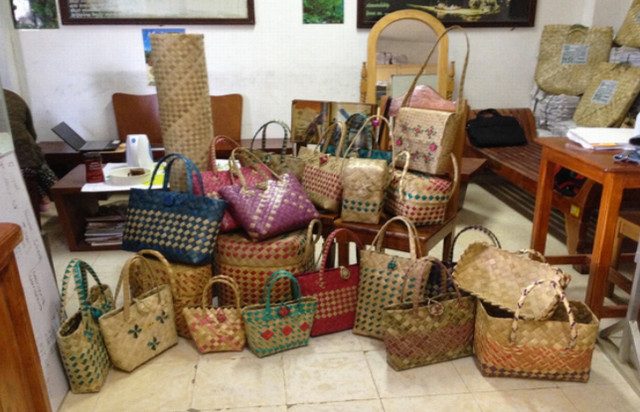
You can find the quintessential Philippine shopping bag in Cagayan where the Baggao Weavers Association makes sturdy handcrafted bayong using pataga and sarakat leaves.
The group maintains an in-forest plantation of pataga and sarakat trees. A recent collaboration with the Design Center of the Philippines allowed them to make new and more colorful designs for their bayong.
They’ve participated in local trade fairs but want to reach bigger markets. They also hope to develop new weaving techniques, improve customer relation services and financial management.
7. Almaciga resin from Mount Hamiguitan
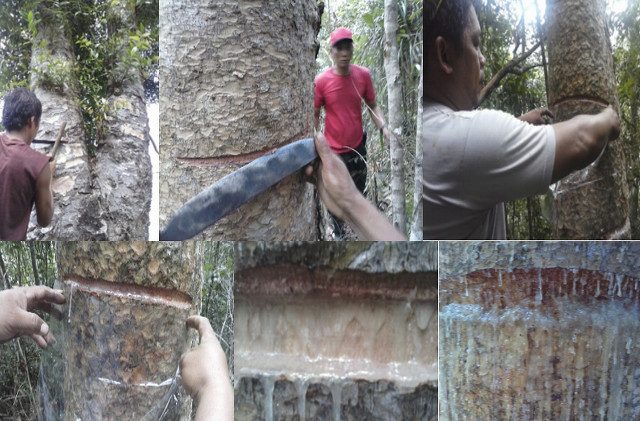
The country’s new UNESCO World Heritage Site, Mt Hamiguitan, is now a source of sustainably-harvested resin, a substance that can be used for staining, varnishing and the strengthening of asphalts roads.
A group of Almaciga tappers from the town of Governor Generoso tap the resin from the natural park’s trees. The business encourages the community to protect the trees from loggers. That’s good for the Philippine Eagle which calls the forests of Mt Hamiguitan home.
8. Coffee from Quirino Protected Landscape
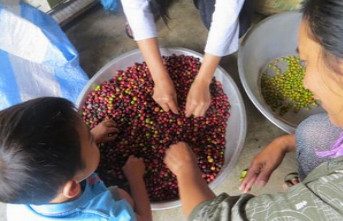
Individual farmers grow and harvest coffee beans in their backyard and bring it to the processing plant of the Matag-ay Sustainable Resources Development and Conservation Association (MASREDECA).
There, the beans are dried, roasted and packaged. The beans can now be bought from groceries in the city but the group wants to bring Qurino coffee to more coffee connoiseurs.
To contact the people’s organizations behind these enterprises, contact the DENR Biodiversity Partnerships Project by calling (02)376-4734 or email them at biodiversity_partnerships@yahoo.com. – Rappler.com
Add a comment
How does this make you feel?
There are no comments yet. Add your comment to start the conversation.